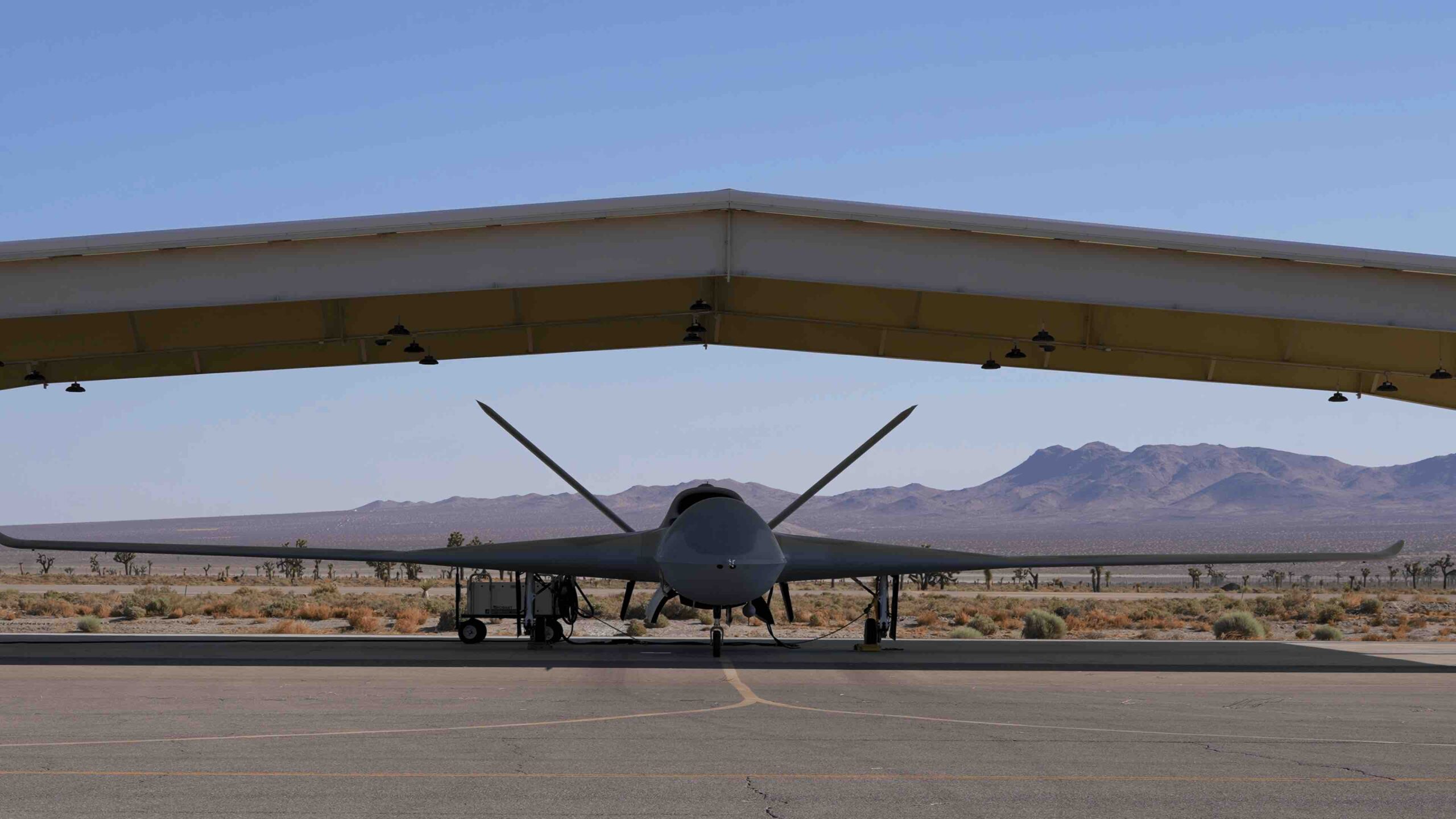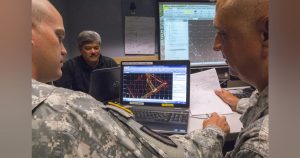Shield AI’s Breakthrough: Advancing Combat-Ready Autonomy with the MQ-20 Avenger
Picture a world where combat drones go beyond following pre-set paths to thinking, adapting, and making complex decisions—even when GPS is blocked and communication is lost. This is the future of aerial warfare, shaped through the collaboration of Shield AI and General Atomics, and exemplified in this recent achievement: the second successful autonomous flight of the MQ-20 Avenger with Shield AI’s Hivemind autonomy suite.
What Is the MQ-20 Avenger?
The MQ-20 Avenger is a jet-powered Unmanned Aerial System (UAS) crafted by General Atomics. Boasting a stealthy design and robust payload options, its features include a wingspan of 66 feet, a maximum speed of 460 mph (740 km/h), endurance of up to 18 hours, and a service ceiling of 50,000 feet. With an internal weapons bay and six hardpoints, it is equipped to carry precision-guided ordnances like the Hellfire and JDAM series.
Designed to succeed the renowned Predator, the Avenger can operate in high-threat settings, engaging targets and gathering intelligence where human pilots face significant risk.
Shield AI: The Human Side of Cutting-Edge Autonomy
Founded in 2015, Shield AI stands out as more than just a startup. Its key mission is to safeguard service personnel and civilians by utilizing intelligent autonomous systems. Comprising military veterans, AI specialists, and engineers, the team understands firsthand the life-saving and ethical rationale for reliable, adaptable combat autonomy.
At the heart of Shield AI’s innovation is Hivemind, an AI-driven autonomy software platform. Think of Hivemind as a tireless co-pilot that learns from each flight and can execute missions in extreme conditions known as “DDIL” (Disrupted, Disconnected, Intermittent, and Low-bandwidth).
Decoding the Second Autonomous Flight: Why This Test Is Significant
This recent demonstration is more than just a repeat; it’s a substantial advancement:
Key Highlights from the Test:
- Live-Virtual Autonomy: Hivemind controlled both a physical MQ-20 Avenger and its digital twin simultaneously, integrating real and simulated assets for scalable mission rehearsal and planning.
- Complex Mission Execution: Focused on advanced tactics, the second sortie included tight formation flying, simulated air patrols, and real-time threat adaptation.
- Integrated Mission Threads: Hivemind seamlessly integrated with command-and-control (C2) and edge-computing systems, allowing on-the-fly mission updates and feedback.
- Open, Modular Architecture: Utilizing open standards, the Avenger’s autonomy stack is compatible with solutions from various vendors, promoting innovation without vendor lock-in.
- Operating in Denied Environments: The test was conducted under conditions where GPS and communications were denied, showcasing Hivemind’s robustness in such scenarios.
Expert Voices: Importance of Adaptability and Openness
Michael Atwood, VP of Advanced Programs at GA-ASI, remarked,
“This event underlines the importance of interoperability and adaptability for future autonomy efforts, enabling integration and testing of multiple vendors to equip warfighters with better capabilities.”
Christian Gutierrez, Shield AI’s VP of Hivemind Solutions, commented,
“True autonomy grows through trials, flight failures, iterations, and refinements—not in static labs or slide decks. Field testing remains vital for evolving autonomous capabilities.”
Real-World Applications and Impact
What implications does this advancement have?
- Accelerated OODA Loops: Drones with autonomy accelerate the process from threat detection to action, surpassing rivals and human pilots.
- Distributed, Resilient Teams: With digital twins and synchronized autonomy, a single operator can effectively manage swarms or mixed drone teams, enhancing combat efficiency while minimizing exposure.
- Mission Continuity Under Attack: In adversarial environments where GPS is jammed and communications severed, Hivemind ensures continued operation and intelligence gathering.
- Open Ecosystem: Embracing open-architecture, the Avenger serves as a hub for rapid innovation across industries, adapting swiftly like software companies.
Looking Ahead: The Next Frontier in Combat Autonomy
Shield AI’s endeavors with the MQ-20 Avenger establish a foundation for future developments:
- Beyond Air Superiority: The same autonomy can be applied to ground, maritime, and future space vehicles, transforming Hivemind into a universal control system for unmanned military systems.
- Collaborative Combat: As Collaborative Combat Aircraft concepts evolve, expect to see integrated operations of crewed and uncrewed teams sharing data and responsibilities.
- AI in the Loop—Ethics and Trust: Building trust involves explainability, with Hivemind’s interface designed to keep humans in control, augmenting military decisions.
From Lab to Battlefield: Shield AI’s Culture of Innovation
Adhering to the “Test, iterate, adapt” philosophy, Shield AI embraces both success and failure as learning experiences. Insights from each field test feed directly into system improvements.
Pop Culture and the Rise of AI Drones
Reimagining scenes from movies, autonomous drones such as those from Shield AI emphasize empowerment over replacement, with safety and rigorous testing as priorities.
Conclusion: The Avenger’s New Edge
Shield AI’s latest autonomous flight with the MQ-20 Avenger marks the dawn of adaptable, open, combat-ready autonomous systems. This advancement provides warfighters with tools that are faster, smarter, and more reliable while enabling defense planners to explore vendor-neutral innovative solutions.
Stay informed as the collaboration between Shield AI, GA-ASI, and military operators continues to evolve, paving the way for forthcoming breakthroughs.
Interested in learning more? Follow Shield AI’s developments and explore their showcases at leading defense exhibitions.














